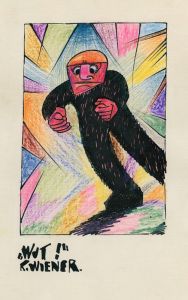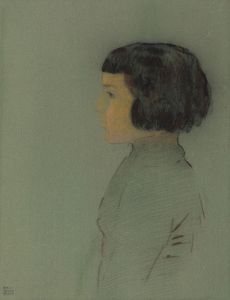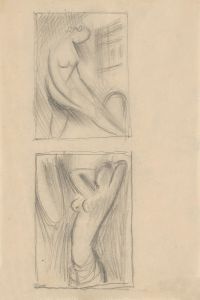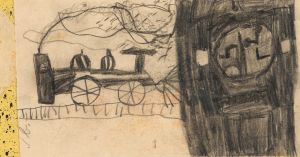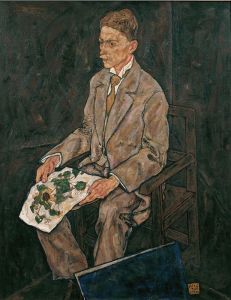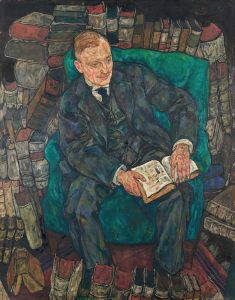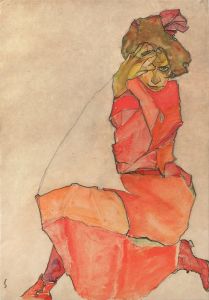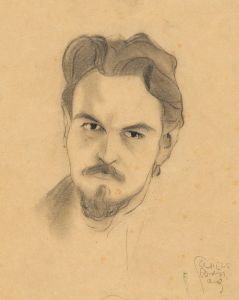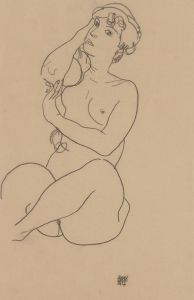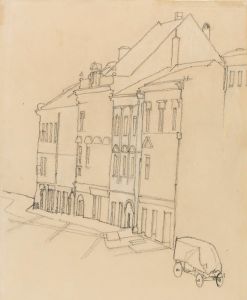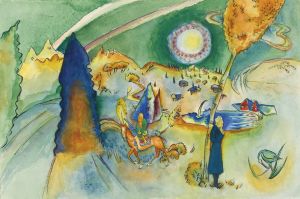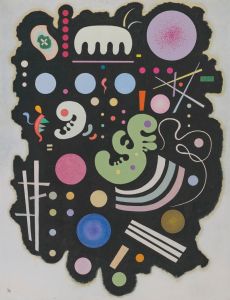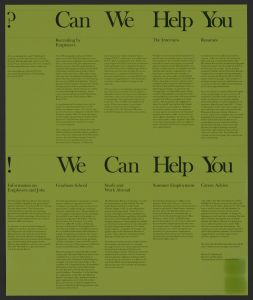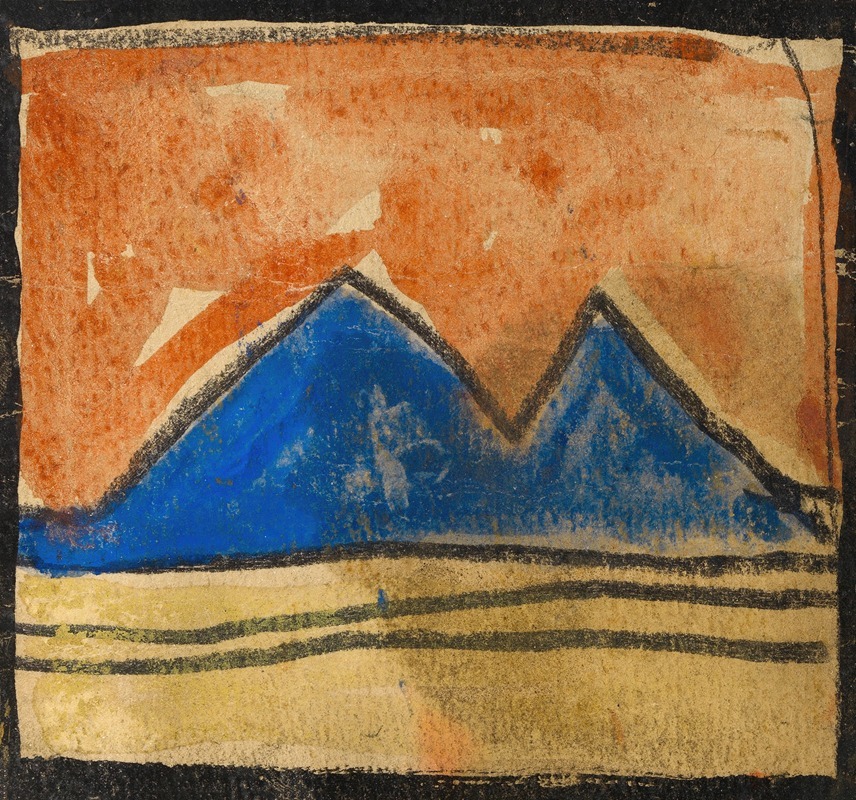
Abstrahierte Landschaft
A hand-painted replica of Egon Schiele’s masterpiece Abstrahierte Landschaft, meticulously crafted by professional artists to capture the true essence of the original. Each piece is created with museum-quality canvas and rare mineral pigments, carefully painted by experienced artists with delicate brushstrokes and rich, layered colors to perfectly recreate the texture of the original artwork. Unlike machine-printed reproductions, this hand-painted version brings the painting to life, infused with the artist’s emotions and skill in every stroke. Whether for personal collection or home decoration, it instantly elevates the artistic atmosphere of any space.
Egon Schiele was an Austrian painter known for his distinctive style and significant contribution to early 20th-century art. He was a protégé of Gustav Klimt and a major figurative painter of the early 20th century. Schiele is noted for his intense and raw portrayal of the human form, but he also created a number of landscapes that reflect his unique artistic vision. One such work is "Abstrahierte Landschaft" (Abstracted Landscape).
"Abstrahierte Landschaft" is a testament to Schiele's ability to convey emotion and movement through his landscapes, much like he did with his more famous figurative works. Although Schiele is primarily celebrated for his portraits and nudes, his landscapes offer a glimpse into his versatility as an artist. These works often feature a similar intensity and expressiveness, characterized by bold lines and a vibrant color palette.
Schiele's landscapes, including "Abstrahierte Landschaft," often depict the natural world with a sense of abstraction and distortion. This approach aligns with the broader Expressionist movement, which sought to convey emotional experience rather than physical reality. In his landscapes, Schiele frequently employed exaggerated forms and unusual perspectives, which can be seen as a reflection of his inner emotional state and his response to the world around him.
The painting "Abstrahierte Landschaft" showcases Schiele's skillful use of color and form to create a dynamic composition. His landscapes often feature a combination of earthy tones and vivid colors, which together create a sense of depth and movement. Schiele's use of line is particularly notable; his landscapes are marked by sharp, angular lines that contribute to the overall sense of tension and energy in the work.
Schiele's landscape paintings, including "Abstrahierte Landschaft," were created during a period of significant personal and artistic development. Despite his relatively short life—he died at the age of 28 in 1918—Schiele produced a substantial body of work that continues to be celebrated for its emotional intensity and innovative style. His landscapes, while perhaps less well-known than his portraits, are an essential part of his oeuvre and offer insight into his broader artistic vision.
The influence of Schiele's mentor, Gustav Klimt, can be seen in his use of color and composition, yet Schiele's landscapes are distinctly his own, marked by a more intense emotionality and a greater degree of abstraction. "Abstrahierte Landschaft" exemplifies Schiele's ability to transform the natural world into a vehicle for personal expression, using the landscape as a means to explore themes of isolation, movement, and the passage of time.
Overall, "Abstrahierte Landschaft" is a compelling example of Egon Schiele's landscape work, demonstrating his unique approach to form and color. It reflects his broader contributions to the Expressionist movement and his enduring influence on the art world. Through this painting, viewers can appreciate Schiele's innovative spirit and his ability to capture the essence of his subjects, whether human or natural, with remarkable intensity and depth.






